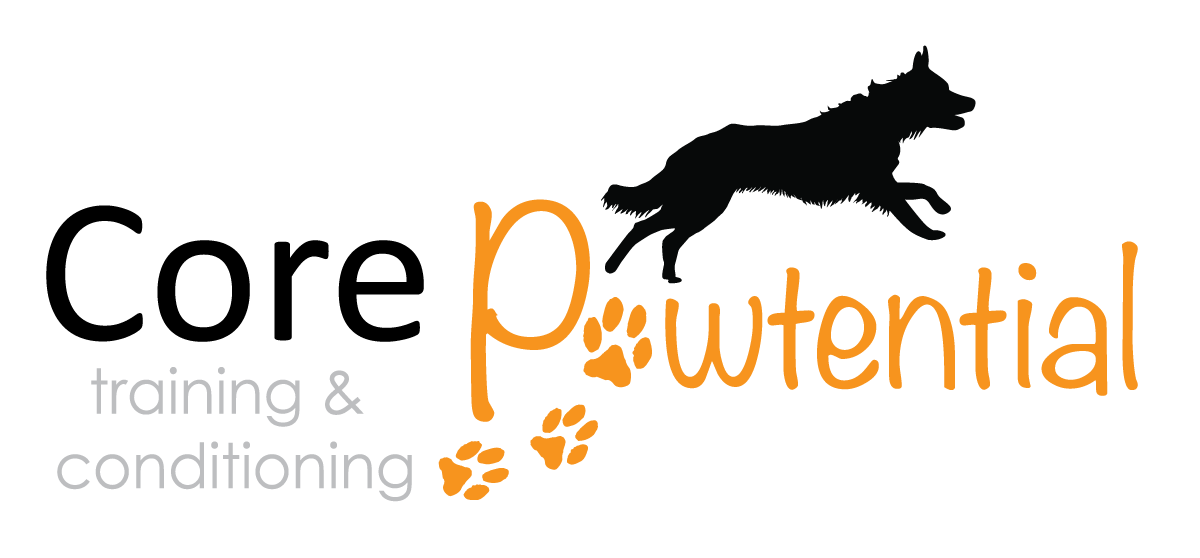Conditioning can be simple, but they are not easy
Conditioning exercises can be simple, but simple exercises do not mean they are easy.
In fact, simple exercises are often some of the best exercises to identify issues that need improving.
For example, a dipped topline may indicate a weakness in the core strength, unevenly placed front/rear feet may suggest weight shifting off a weaker side, head/tail carriage may also reflect compensation that may be worth further exploration.
As with any exercise, it is essential to focus on proper form and posture. Keeping in mind that everything in the dog's body (e.g., bones, muscles, tendons, ligaments) work together, nothing works in isolation. It is, therefore, essential to pay attention to proper form and posture when performing conditioning exercises.
A neutral stand in a proper form allows the appropriate amount of the dog’s body weight to be distributed to the front (~60%) and to the rear feet (~40%). A stand with good posture allows even distribution of weight between the two front feet as well as the two rear feet.
The more we reward good form and balanced posture, we are "conditioning" the dog to engage in correct form and posture. This encourages the dog to engage in the “correct” muscles, strengthening those that need to properly support their body, without putting excessive stress on others. As the dog progresses, they will feel more comfortable about engaging in proper form and posture, even as they go about in their daily activities.
If we fail to focus on proper form and posture, it will be difficult to discern whether a dog who stands with a roached topline does so because of underlying issues (e.g., injuries, genetic abnormalities) that prevented them from doing so, or whether they do not know how to do so due to other issues (e.g., lack of strength). The lack of focus on form and posture may also lead to injuries (e.g., muscle strains/sprains) due to misuse of the dog's body.
A dog who stands with one of their hind limbs rotated at an angle is putting undue stress to their hock, stifle, and pelvis, at the very least. Muscles that are supposed to be lengthened at a stand may instead be contracted, and the dog may shift their weight even subtly to take weight off the uncomfortable pressure on their joints. If we, as dog guardians, do not notice improper form and posture, they may create long-term stress on the dog’s body, and may even result in chronic pain that affects our dog’s quality of life.
Conditioning exercises can be simple, but simple exercises do not mean they are easy.
In fact, they are the ones that are even more essential for us to focus on proper form and posture!
*Special acknowledgment goes to Tara Monahan at Canine Fitness Innovations for her advice.

